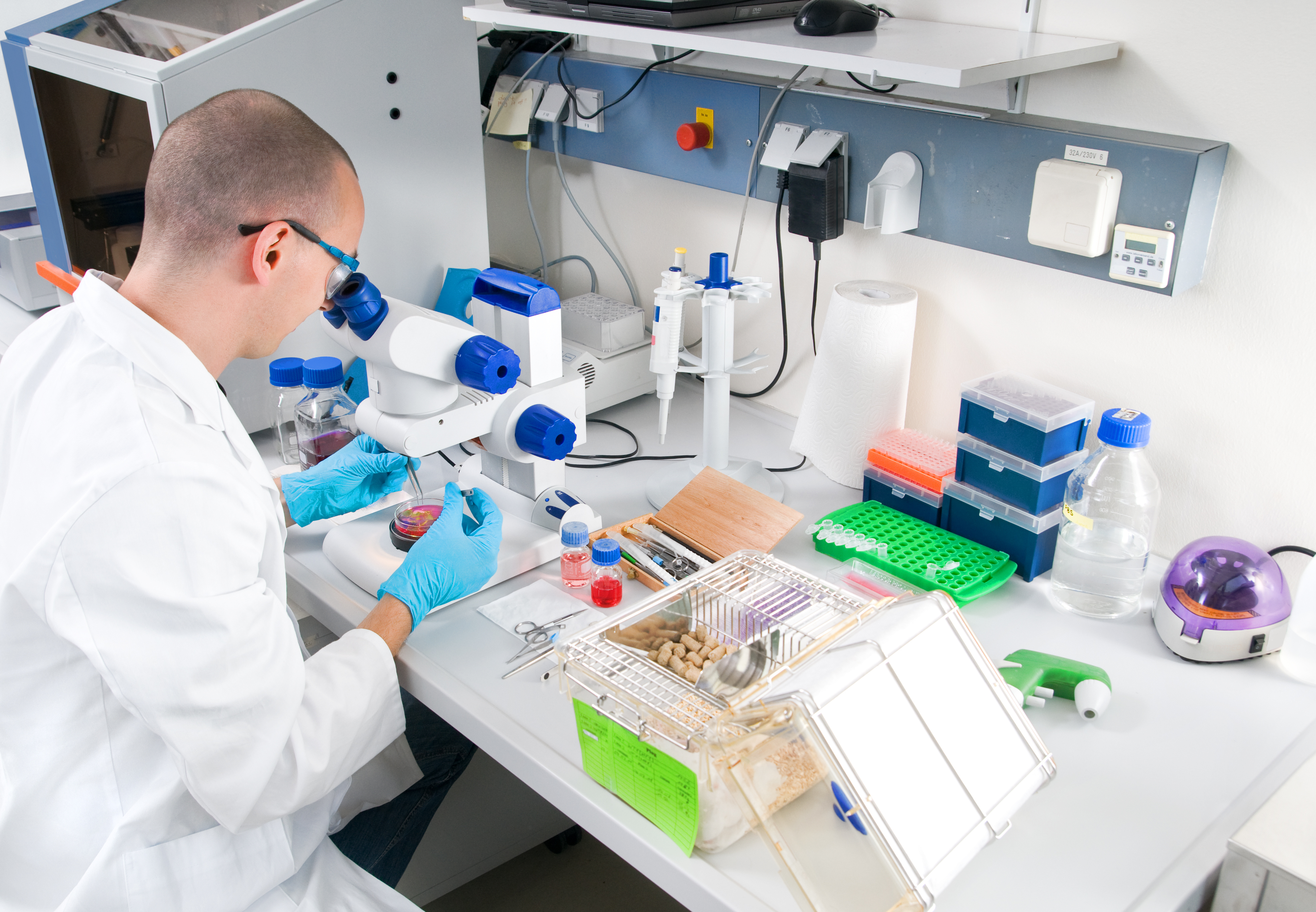Study Reveals Vagus Nerve as a Modulator of Pulmonary Fibrosis Pathogenesis in Mice

Researchers at Robley Rex VA Medical Center and the University of Louisville recently published in the journal Scientific Reports the finding that the vagus nerve can modulate pulmonary fibrosis pathogenesis in mice. The study is entitled “Vagotomy attenuates bleomycin-induced pulmonary fibrosis in mice.”
Pulmonary fibrosis is an aggressive, progressive fatal lung disease in which the alveoli and the lung tissue are damaged, becoming thick and scarred (fibrosis due to excessive collagen deposition), leading to severe breathing difficulties and a compromised oxygen transfer between the lungs and the bloodstream. The disorder is characterized by a shortness of breath that gradually worsens, with respiratory failure being the main cause of death associated with it. There is no cure for IPF and it is estimated that almost 130,000 individuals in the United States and 5 million worldwide suffer from the disease. IPF has a particularly poor prognosis and around two-thirds of the patients die within five years after being diagnosed.
It has been suggested that several molecules and cells known to play a role in the development of pulmonary fibrosis are closely related to the vagus nerve, one of the 12 cranial nerves that extends from the brainstem to the abdomen passing multiple organs including the heart, esophagus and lungs. The vagus nerve controls unconscious body procedures like a constant heart rate and food digestion. Stimulation of the vagus nerve has been reported to increase signaling molecules associated to fibrosis in humans, suggesting that activation of the vagus nerve may promote pulmonary fibrosis.
Now, researchers tested this hypothesis by performing a surgical procedure called vagotomy, where part of the vagus nerve is removed or resect, in animal models of pulmonary fibrosis. If the hypothesis is correct, then vagotomy should attenuate the disease pathogenesis.
The team performed unilateral vagotomy in a mouse model of pulmonary fibrosis in a way that in the same mouse one lung would have vagal innervation while the other one not. Researchers then compared the severity and extent of fibrosis between the two lungs.
Researchers found that vagotomized lungs had less collagen deposition, less severe fibrotic lesions and less destruction of the alveolar structure, indicating that vagal denervation improves pulmonary fibrosis pathogenesis. Furthermore, these vagotomized lungs also exhibited a decreased production of pro-fibrogenic cytokines, such as interleukin-4 and transforming growth factor-beta, and of pro-fibrogenic cells, like myofibroblasts and M2 macrophages.
The research team concluded that the vagus nerve plays indeed a role in pulmonary fibrosis, contributing for its development possibly through the increase in fibrogenic factors and cells. The authors believe that this finding may open new avenues for therapeutic approaches against pulmonary fibrosis.







